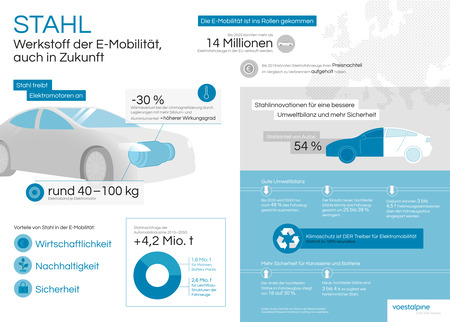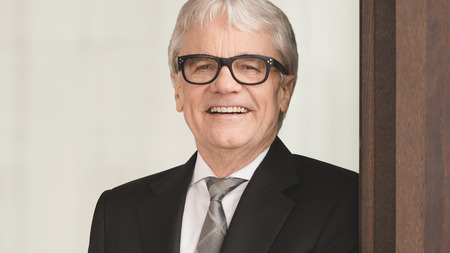Study emphasizes that steel will continue to play a key role in electromobility in future
The trend towards lightweight construction has helped materials such as aluminum and plastic to become established in the automotive industry, and they will remain legitimate alternatives to steel during the shift from the combustion engine to the electric motor. Even so, in the growing global industrial sector of electromobility, demand for steel is predicted to remain high or even to increase. This is the conclusion of a study by the German Handelsblatt Research Institute (HRI), commissioned by voestalpine. The development of innovative high- and ultra-high-tensile steel grades also secures the long-term future of steel in the automotive industry, because not only is the material both lightweight and tough, it is also easy to process, can be recycled, and is cost-efficient. Therefore, with its unique combination of materials expertise and processing competence, the technology group voestalpine is also excellently equipped to meet the future demands of the automotive industry, while with its comprehensive expertise it can actively help shape the future of electromobility.
voestalpine.jpg)

voestalpine.jpg)
voestalpine.jpg)
